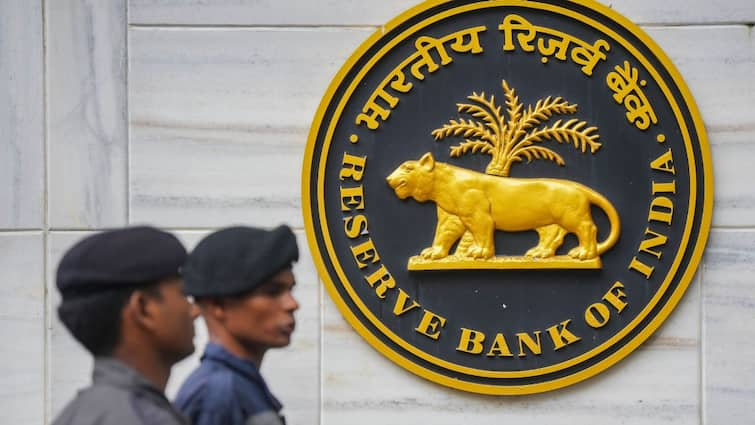Stablecoins & DeFi: Can We Have Our Cake and Eat It Too? Exploring the Centralisation Question

Decentralised Finance (DeFi) promised a revolution – a world where financial transactions happen directly between users, cutting out the banks and other traditional intermediaries. But a curious paradox has emerged: DeFi’s rapid growth is heavily reliant on stablecoins, many of which are, ironically, centrally controlled. This begs the crucial question: can DeFi truly achieve its decentralised ideals while simultaneously depending on these centralised entities? And what are the implications for the resilience and long-term viability of the entire ecosystem?
The Rise of Stablecoins in DeFi
Let's quickly recap. DeFi applications – lending platforms, exchanges, yield farms – thrive on liquidity. Stablecoins, cryptocurrencies pegged to a stable asset like the US dollar, provide that crucial liquidity. They offer a bridge between the volatile world of crypto and the relative stability needed for everyday financial operations. Without them, DeFi would be a far less practical and appealing proposition.
However, the most widely used stablecoins, like Tether (USDT) and USD Coin (USDC), are issued and managed by centralised companies. These companies hold reserves (ideally, US dollars) to back the circulating stablecoins. This creates a point of central control – the issuing company can freeze accounts, censor transactions, and even, theoretically, manipulate the supply of the stablecoin.
This reliance introduces a significant risk. If the issuing company faces regulatory pressure, legal challenges, or internal mismanagement, the entire DeFi ecosystem built upon that stablecoin could be severely impacted. A sudden devaluation or unavailability of a major stablecoin could trigger cascading failures across various DeFi protocols.
Furthermore, the centralised nature of these stablecoins contradicts the core principles of DeFi – transparency, immutability, and censorship resistance. Users are essentially trusting a centralised entity to maintain the peg and act responsibly, effectively reintroducing the very intermediaries DeFi sought to eliminate.
The Search for Decentralised Solutions
Fortunately, the DeFi community isn’t standing still. A wave of innovative projects is emerging, aiming to create truly decentralised stablecoins. These approaches fall into several categories:
- Collateralised Debt Positions (CDPs): These stablecoins, like DAI, are backed by overcollateralised crypto assets locked in smart contracts. The collateral acts as a buffer against price fluctuations, ensuring the stablecoin’s peg remains intact.
- Algorithmic Stablecoins: These stablecoins use algorithms and smart contracts to automatically adjust the supply in response to demand, maintaining the peg. While promising, they’ve historically proven challenging to maintain stability.
- Fractional-Algorithmic Stablecoins: A hybrid approach combining collateralisation with algorithmic mechanisms to improve stability.
- Real-World Asset (RWA) Backed Stablecoins: These are backed by assets like bonds or invoices, providing a more tangible form of collateral.
The Future of DeFi & Stablecoins
The future of DeFi hinges, in part, on the successful development and adoption of truly decentralised stablecoins. While centrally issued stablecoins have fuelled the initial growth of DeFi, the long-term sustainability of the ecosystem requires a shift towards more robust and resilient alternatives.
The ongoing experimentation and innovation in this space are incredibly exciting. As these decentralised stablecoins mature and gain wider acceptance, they have the potential to unlock the full potential of DeFi, creating a more open, transparent, and truly decentralised financial system. The challenge lies in balancing the need for stability with the core principles of decentralisation – a delicate act, but one that’s absolutely essential for the future of finance.






